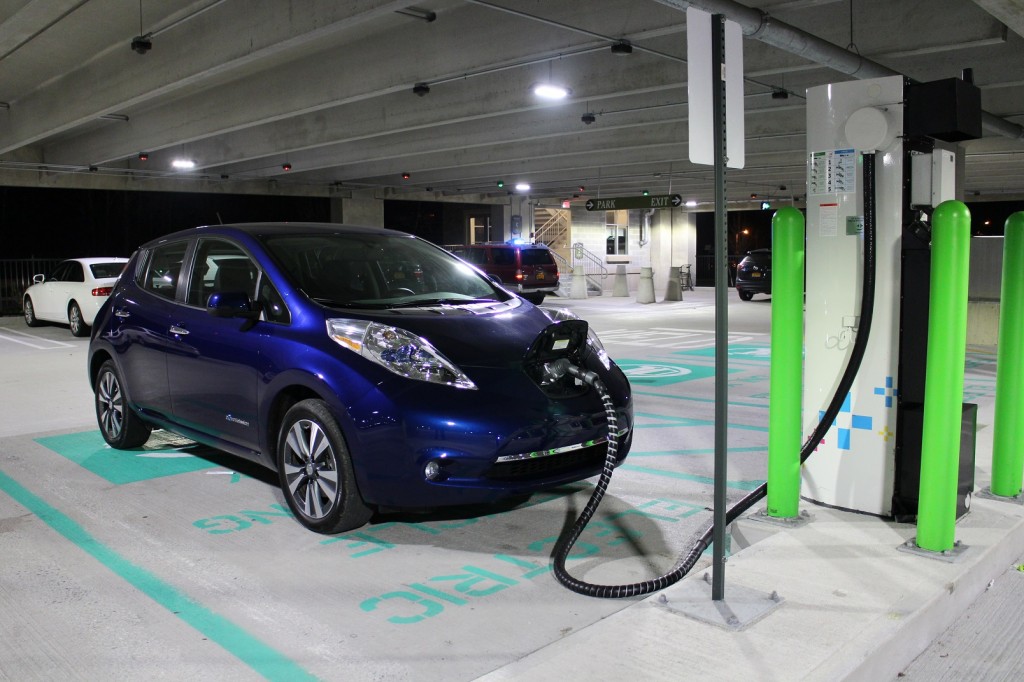
2016 Nissan Leaf SL fast-charging at NRG evGo Freedom Station, Hudson Valley, NY, Dec 2015
We are on the cusp of a revolution in the electric car industry.
But it is not at all clear that the revolution will or even can happen, because the charging infrastructure is just not there--and it is not clear that there are any plans to develop one.
The industry desperately needs a reliable and affordable network of intercity DC fast-charging sites.
Unfortunately, aside from Tesla's development of the Supercharger network, there is little evidence of any effort afoot to make this a reality.
DON’T MISS: Germans Vs Tesla In High-End Electric Cars: Will Fast Charging Follow In Time?
EDITOR'S NOTE: This opinion piece was submitted by reader and electric-car advocate Tom Huffman of Springfield, Missouri. Green Car Reports occasionally publishes thoughtful opinion pieces that advance the discussion of energy-efficient cars; this is one such piece.
If this doesn't change, and fairly soon, then the nascent electric-car industry may never achieve more than a tiny market share made up largely of the relatively small number of green enthusiasts.
In some ways, this is a problem brought about by good news. The cost of batteries has fallen so fast that several manufacturers are poised to release affordable pure battery-electric cars with 200-plus-mile ranges.
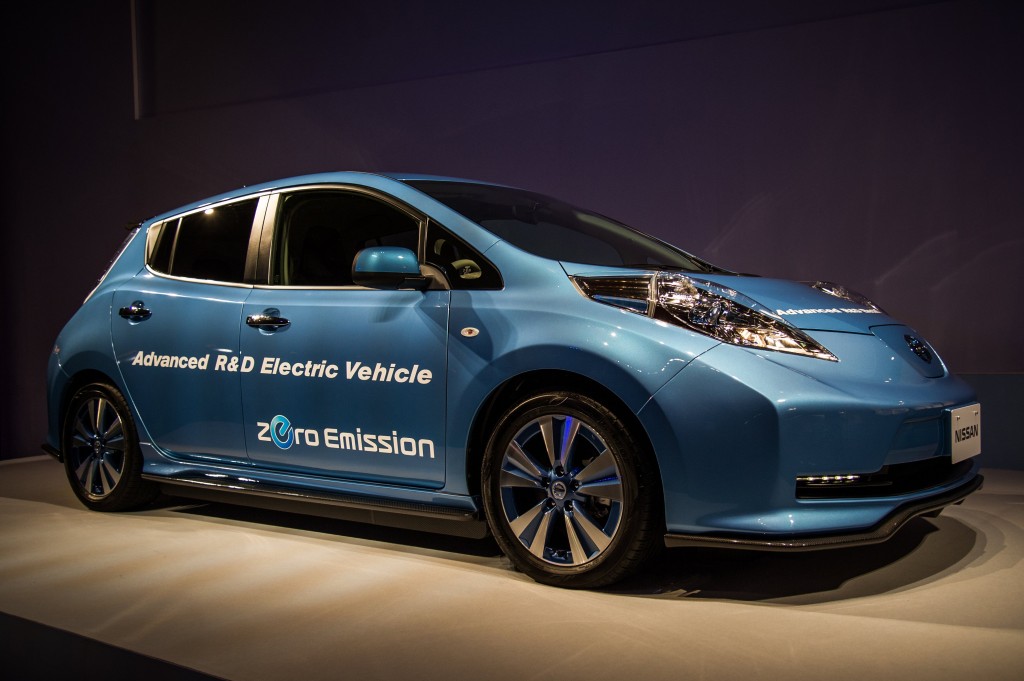
Nissan Leaf 'Advanced R&D Electric Vehicle' shown at company annual meeting, Yokohama, Jun 2015
By the end of 2018, Chevrolet, Nissan, perhaps Tesla, and conceivably other makers will have brought to market these game-changing vehicles.
Second-generation electric cars have the potential to revolutionize the industry because they fix the main problem that car electrification has faced so far: batteries that were too expensive, and that offered insufficient range
Here's why.
ALSO SEE: Audi e-Tron Electric Car To Offer 150-kW Quick Charging Sites
Typically, we use our cars for three types of trips.
Local: These trips are generally no longer than 40 to 50 miles a day, but they constitute the majority of driving for most people.
With home charging, the current generation of electric cars—the 107-mile, 30-kilowatt-hour Nissan Leaf, for example—are perfectly adequate for this role. If all of your driving is restricted to the local area, then an electric car does not need 200 or more miles of range.
Regional: Some of our driving includes day trips with destinations 40 to 75 miles from home. For instance, I live in Southwest Missouri, and there is a system of lakes south of me near the Arkansas border. But it is at least 40 miles to the closest lakeside recreation area.
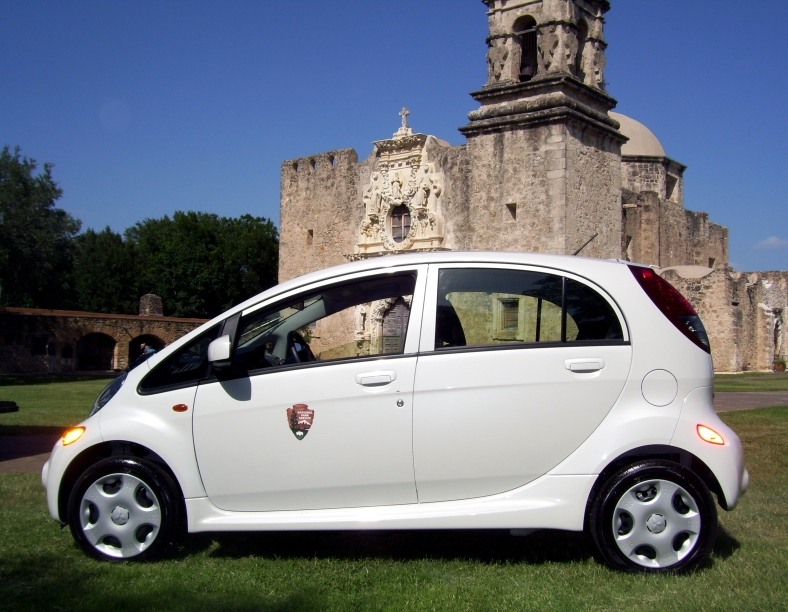
Mitsubishi i electric car at San Antonio Missions National Historic Park
I cannot comfortably travel to these regional destinations in my 84-mile Nissan Leaf.
Unless I know in advance that a charging station exists at the destination (and it rarely does), I am limited to destinations in roughly a 30- to 35-mile radius from home.
Long Distance: Finally, most of us take one or two long distance trips a year for vacation or to visit relatives. Currently affordable electric cars can't make these trips, for two reasons.
CHECK OUT: Electric-Car Fast-Charging Networks: Competition Heats Up
First, there is no network of intercity fast-charging stations along the interstate highway system.
But, second, even if there were, the cars' relatively small batteries would require recharging every hour or so. This simply isn't practical for long-distance driving.
For these reasons, the current crop of affordable electric cars are generally marketed as city and local commuter cars with no capacity for intercity travel.

Tesla Motors Supercharger network in the U.S. - map as of January 2016
The new generation of 200+ mile electric cars is designed to change all of this. But will it?
Electric cars will succeed as a mass market consumer product only when they are both affordable and practical for local, regional, and long-distance travel.
Battery-electric cars with 200-plus miles of range will, in the majority of cases, open up regional travel. They will also be more useful for local driving in some new cases.

2016 Nissan Leaf SL fast-charging at NRG evGo Freedom Station, Hudson Valley, NY, Dec 2015
For example, if you live in an apartment or condo complex that has no charging stations, but your city has conveniently located fast chargers, you could charge your electric car once or twice a week.
For people like you, a long-distance electric car and local fast charging then makes a lot of sense, at least for local driving.
However, long-distance travel still won't be practical with these cars, with one exception. Tesla Motors CEO Elon Musk has promised that the upcoming $35,000 Tesla 3 will have access to the Supercharger network that Tesla developed for its fleet of very expensive Model S cars.
That Supercharger network has proven to be very reliable and, by the end of 2016, should allow Tesla owners a means for practical intercity travel to almost any destination in North America.
Unfortunately for those anxiously looking forward to the day when they can drive home a new $35,000 Tesla Model 3, there remain two concerns.
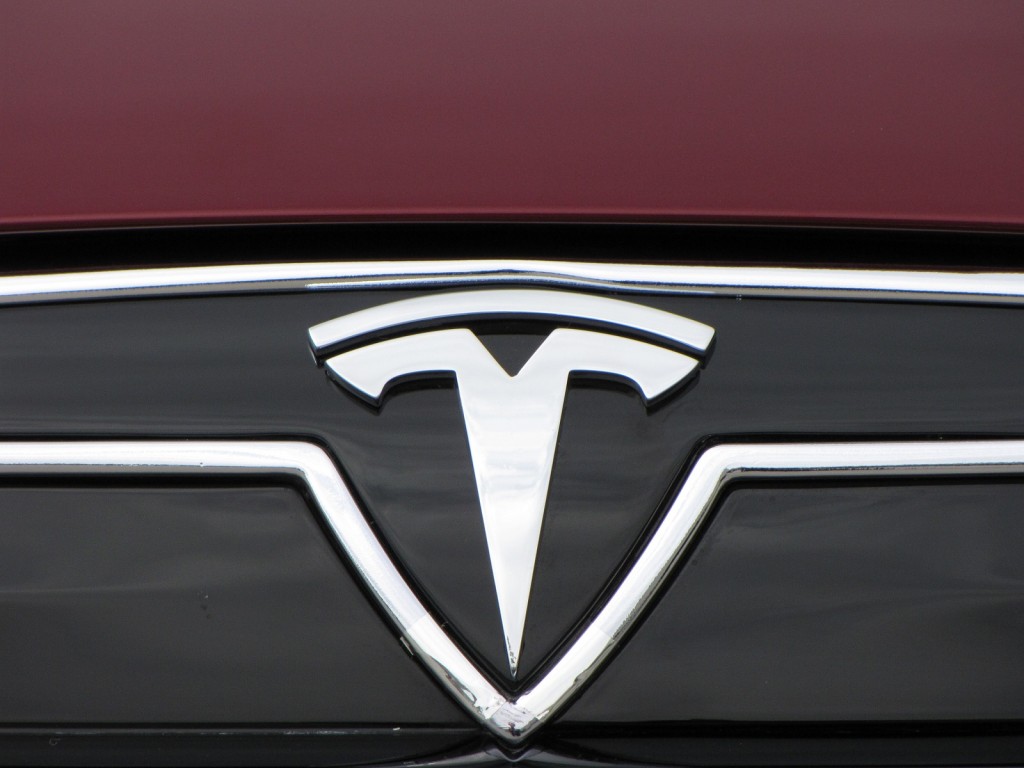
2012 Tesla Model S beta vehicle, Fremont, CA, October 2011
First, regardless of its other achievements, Tesla has not done well in delivering new models on time.
The Model S was released about 18 months later than initially promised, and the Model X is still not being mass produced, despite the fact that Tesla originally targeted its release for early 2014.
Given this track record, consumers may be justifiably wary of Tesla's announcement that it will begin full production of the Model 3 "sometime" in 2018.
Second, even if the Model 3 is released on time, it is not clear today that the Supercharger network—which has been a rousing success with Model S owners—will be able to handle the increased stress that high volumes of the Model 3 will surely place on the system.
Musk has said he hopes Tesla will be building 500,000 cars a year by 2020. With some users in California already complaining about long wait times at Supercharger stations, the network could be overwhelmed by the increased demand.
By way of contrast, the 2017 Chevy Bolt EV will almost certainly arrive on time at dealer showrooms in 2017. But unlike Tesla, General Motors has expressed no interest in building out a fast-charging infrastructure.
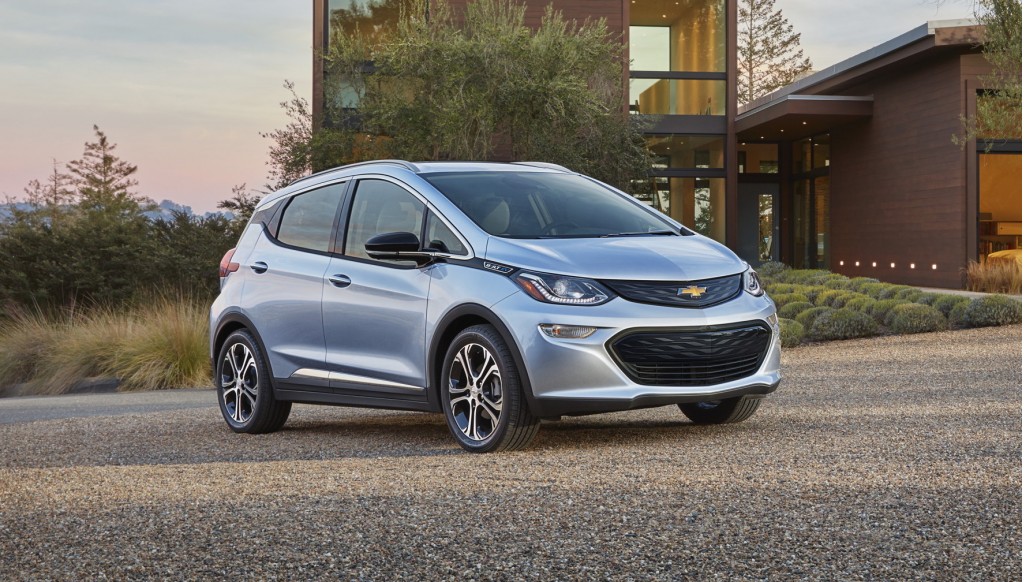
2017 Chevrolet Bolt EV
Nissan has devoted some resources to this, but the results have not been entirely satisfactory. The fast chargers Nissan has funded are largely located at Nissan dealerships.
Typically, these CHAdeMO fast chargers are only available during business hours, which means that nighttime or weekend travelers are out of luck.
Also, car dealerships tend to be located within or near major population centers. One look at the Tesla Supercharger map reveals that intercity travel requires fast chargers along major highways, sometimes way off the beaten path.
So if the car companies are not going to provide the needed charging infrastructure--and assuming that governments do not get involved in any large-scale way-- then the task is left to private industry.
Unfortunately, it remains unclear if a business model exists for developing and maintaining a national charging infrastructure at a profit. And for the most part, the commercial chargers that exist today are—much like the Nissan-supported chargers—concentrated around city centers.
Absent major government support, only one proven model remains for the development and maintenance of a national fast charger network that supports intercity travel on the U.S. Interstate highway system.

Tesla Supercharger network, North American coverage - March 2015
That, of course, is the Tesla model. Tesla supports the Supercharger network by building its cost into the price of their cars. This has the two-fold effect of making the cars more attractive and acting as a conspicuous marketing tool, both of which boost sales.
And since the Supercharging is already paid for, Tesla does not have to build into its Superchargers a point-of-sale mechanism, which reduces maintenance problems.
There remains no current indication that either Nissan or General Motors is interested in developing a national network of fast chargers.
Unless this changes, those who might be interested in purchasing an affordable pure electric car are left with Tesla alone--and they must wait through an unpredictable Model 3 development process.

2016 Chevrolet Volt, Catskill Mountains, NY, Dec 2015
For those who are not inclined to wait, plug-in hybrid vehicles—including the 2016 Chevy Volt—are looking increasingly attractive.
With 53 miles of pure electric travel plus the unlimited range that gasoline provides, plug-in hybrids with substantial electric-only range may be the best bet for green travel.
Tom Huffman is an electric car enthusiast and Nissan Leaf owner with a background in academia. He was a philosophy professor for several years before making the transition into the tech world. He now owns and operates a small software company selling video calibration software to pros and home theater enthusiasts.
_______________________________________












